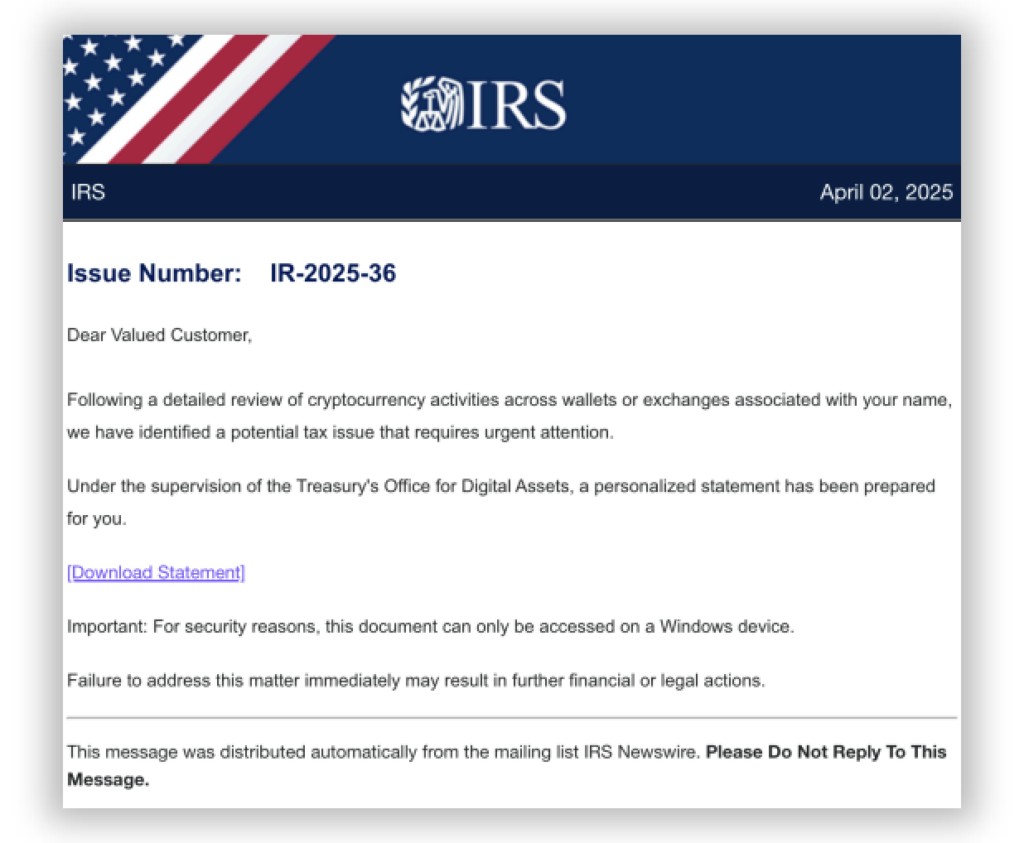Tax season can be overwhelming for dental professionals juggling practice management, patient care, and financial planning. But with the right strategies in place, you can avoid common pitfalls, reduce stress, and keep more of what you earn. In this episode of Beyond Bitewings, Edwards & Associates’ Tax Manager, Lorraine Kent, shares her best tax season survival tips, covering everything from deductions to tax planning strategies.
What’s Deductible (and What’s Not)?
One of the most frequently asked questions during tax season is, “What can I deduct?” While deductions can reduce taxable income, not everything qualifies.
For example, if you own rental property, expenses become deductible once the property is listed for rent – not before. Mortgage interest, property taxes, insurance, and routine maintenance are deductible, but major improvements must be capitalized and depreciated over time.
For dentists, business deductions include necessary expenses like equipment purchases, supplies, and professional development costs. However, personal expenses, like that daily coffee run, aren’t deductible just because you own a business. If you’re unsure, consult with your CPA before claiming a deduction.
Depreciation and Tax Planning for Asset Sales
Many dental professionals invest in real estate as a wealth-building strategy. However, Lorraine warns that depreciation can create tax liabilities when you sell an asset. Depreciation recapture means you could owe ordinary income tax on the portion of the gain attributed to depreciation deductions.
To minimize this impact, tax planning is essential. Strategies like timing asset sales, offsetting gains with losses, or utilizing a 1031 exchange can help reduce your tax burden. Before selling a rental property or dental equipment, talk to your accountant to ensure you understand the tax implications.
Avoiding Common Tax Filing Mistakes
The IRS uses electronic matching to compare reported income against W-2s, 1099s, and other tax documents. If something doesn’t match, expect a notice. One of the biggest mistakes taxpayers make is forgetting to report investment income.
For example, if you had a brokerage account that was closed mid-year, you still need to report income or gains from that account. Missing even one 1099 can lead to unnecessary penalties and interest.
Lorraine’s advice? Keep track of all tax documents, check for missing forms before filing, and review prior-year returns to ensure nothing is overlooked.
Tax Strategies for Smarter Planning
Tax planning isn’t just about what happened last year; it’s about looking ahead. Loss harvesting is one strategy that can help reduce taxable gains. If you have stocks with unrealized losses, selling them strategically can offset taxable gains from other investments, including real estate sales.
However, be mindful of the wash sale rule, which disallows a deduction if you repurchase the same stock within 30 days. Proper tax planning allows you to maximize benefits while staying compliant.
Red Flags That Can Trigger IRS Scrutiny
Certain deductions attract more attention than others. Lorraine highlights three areas where taxpayers often make mistakes:
- Meals & Entertainment: Business meals must involve a client or work-related discussion to qualify. That solo coffee run? Not deductible.
- Travel: Deducting a vacation as a ‘business trip’ without clear business purposes can raise red flags.
- Auto Expenses: Claiming 100% business use of a personal vehicle is rarely justifiable unless you have multiple business locations.
Proper documentation is key. Keep detailed records and receipts to support deductions if audited.
Texas Business Property Tax: What Dentists Need to Know
For Texas dentists, business property tax (BPP) is an additional annual tax assessed by the county. This tax applies to tangible assets like dental equipment and furniture. If you’re a new practice owner, expect to pay BPP based on the initial purchase price of your equipment. However, over time, you may be able to adjust valuations to reflect depreciation.
If you receive a BPP notice, don’t ignore it. Review it with your CPA to ensure accuracy and identify opportunities to lower your assessment.
Final Thoughts: Communication Is Key
The biggest tax mistakes often stem from a lack of communication. Major financial decisions like buying new equipment, selling property, setting up a trust, can all have tax implications. Yet, CPAs aren’t mind readers.
Before making big moves, check with your accountant. A quick conversation can help you avoid unnecessary tax bills and set you up for long-term financial success.
Want more expert insights? Subscribe to Beyond Bitewings and stay ahead of the game this tax season! For personalized tax guidance, contact the Edwards & Associates team today.
